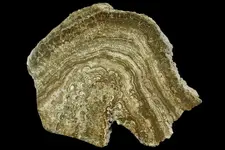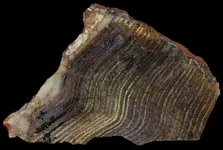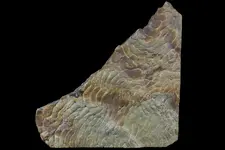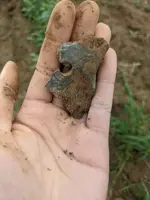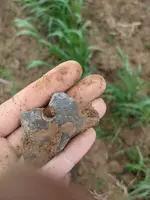cowsaretrippy
Jr. Member
So, I have these 2 items found them in different fields of the same farm .. they are coincidentally both indented very similarly in the back and rear sides they both appear balanced. the small one lays completely flat on the ground whereas the larger one lays flat on the surface then angles slightly upward at about half it's length.
Wish the photos did better justice,
Any ideas?
Wish the photos did better justice,
Any ideas?
Attachments
-
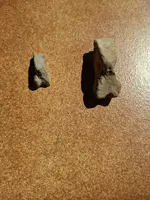 PXL_20220803_141708614.MP.webp1.4 MB · Views: 312
PXL_20220803_141708614.MP.webp1.4 MB · Views: 312 -
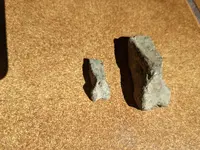 PXL_20220803_141729011.MP.webp1.1 MB · Views: 137
PXL_20220803_141729011.MP.webp1.1 MB · Views: 137 -
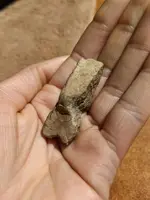 PXL_20220803_142012834.MP.webp585.5 KB · Views: 129
PXL_20220803_142012834.MP.webp585.5 KB · Views: 129 -
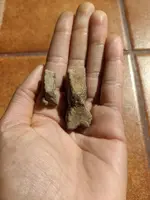 PXL_20220803_142034057.MP.webp607.2 KB · Views: 133
PXL_20220803_142034057.MP.webp607.2 KB · Views: 133 -
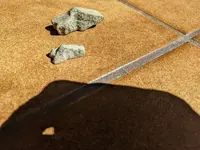 PXL_20220803_142507266.MP.webp1.3 MB · Views: 126
PXL_20220803_142507266.MP.webp1.3 MB · Views: 126 -
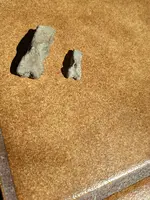 PXL_20220803_142415741.MP.webp1.5 MB · Views: 140
PXL_20220803_142415741.MP.webp1.5 MB · Views: 140






